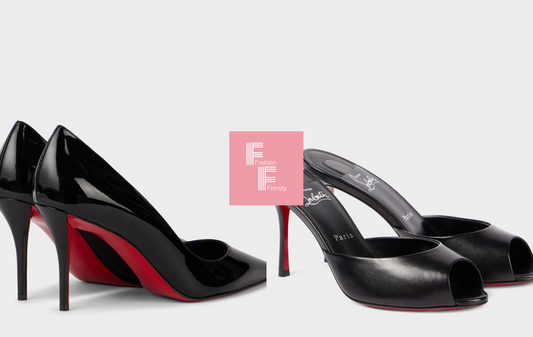Nails are often an overlooked part of our beauty routine, yet they are vital indicators of our overall health and serve as a canvas for individual expression. To fully understand how to care for our nails, it is essential to delve into the basic anatomy of nails. By knowing what makes up our nails, we can better appreciate their needs and how to maintain their strength and health.
The Basics of Nail Structure
Nails are composed of a tough, protective substance called keratin, a protein that is also found in our hair and skin. The nail itself consists of several parts, each serving a specific role in nail health and functionality.
- Nail Plate: The visible part of the nail that provides strength and rigidity.
- Nail Bed: The skin beneath the nail plate, which contains blood vessels and nerves, providing nutrients to the nail.
- Cuticle: The thin layer of skin at the base of the nail that protects the nail matrix from infection.
- Nail Matrix: The tissue located beneath the base of the nail that produces new cells, allowing the nail to grow.
Each element contributes to the overall health and appearance of our nails, meaning that understanding them can empower our beauty choices.

Nail Growth Phases
Understanding the growth phases of nails is crucial for anyone interested in maintaining healthy fingers and toes. Nails grow in a continuous cycle through three distinct phases: the active phase, the resting phase, and the shedding phase.
- Anagen (Active Phase): This is when nail growth occurs actively. On average, nails grow about 1/8 inch per month during this phase, influenced by factors like age, diet, and overall health.
- Catagen (Resting Phase): After the active phase, nails enter a resting phase where growth stalls. This is a transitional phase, and nails might not have visible growth.
- Telogen (Shedding Phase): Finally, the nails prepare to shed. This phase ends with either the nail falling off or being clipped, making room for new growth to begin anew.
By understanding these phases, you can adapt your nail care routine to support growth, such as maintaining a healthy diet rich in biotin and vitamins.
External Factors Affecting Nail Health

While our nails have a foundation built by biology, external factors play a pivotal role in determining their health and strength.
- Environmental Factors: Exposure to harsh chemicals in cleaning products or too much water can weaken nails. It's essential to wear gloves during chores and moisturize regularly to lock in hydration.
- Health Conditions: Medical issues such as fungal infections, psoriasis, or even systemic issues can manifest through nail changes. Pay attention to any discoloration or unusual shapes.
- Dietary Impact: A well-rounded diet rich in vitamins A, C, D, E, and B-complex is vital. Minerals like zinc and iron also contribute to nail health.
Maintaining their strength amidst these external factors requires awareness and proactive measures.
DIY Nail Care Tips

To nurture our nails, consider these straightforward DIY tips that can be beneficial for maintaining their health:
- Regular Moisturizing: Apply cuticle oil or a good moisturizer regularly to keep nails hydrated and prevent cracking.
- Gentle Filing: Instead of clipping, use a nail file gently to avoid splitting and ensure a smooth edge.
- Limit Nail Polish Remover: Frequent use of acetone removers can dry out your nails. Opt for non-acetone versions and give your nails breathers between polish applications.
- Healthy Snacks: Consume foods rich in biotin, such as eggs, nuts, and seeds, to encourage strong nail growth.
By incorporating these tips into your routine, you can enhance your nail health significantly.
When to Seek Professional Help

Sometimes, despite our best efforts, our nails may still experience issues that require professional intervention. Here are some signs to look out for that indicate it may be time to call a dermatologist or nail technician:
- Persistent Discoloration: If your nails turn yellow, green, or even black, it may signal an infection or other underlying issue.
- Pain or Tenderness: Any pain around the nail area needs attention. It could signify an infection or ingrown nail.
- Excessive Changes: Sudden changes in nail shape, thickness, or texture can also indicate a problem.
Seeking professional help can give you insights tailored to your specific nail concerns, leading to a healthier outcome.
Conclusion
Understanding nail anatomy gives us the power to care for our nails effectively. From recognizing the components that make up our nails to implementing proper care and being mindful of external factors, we can nurture our nails to be strong and beautiful. Embracing the art of nail care translates not only to aesthetics but also reflects deeper aspects of our health. As you embark on your journey towards better nail health, remember that a little knowledge goes a long way!











